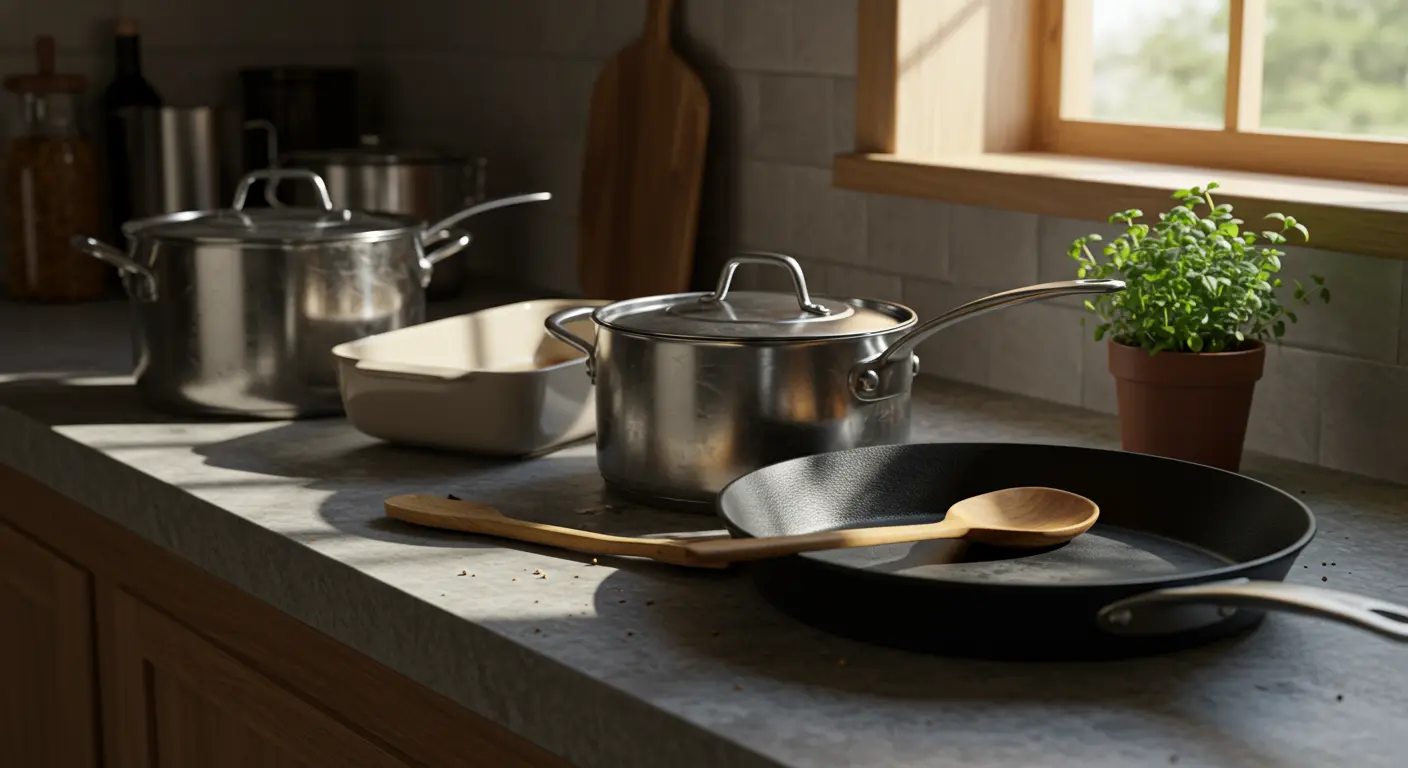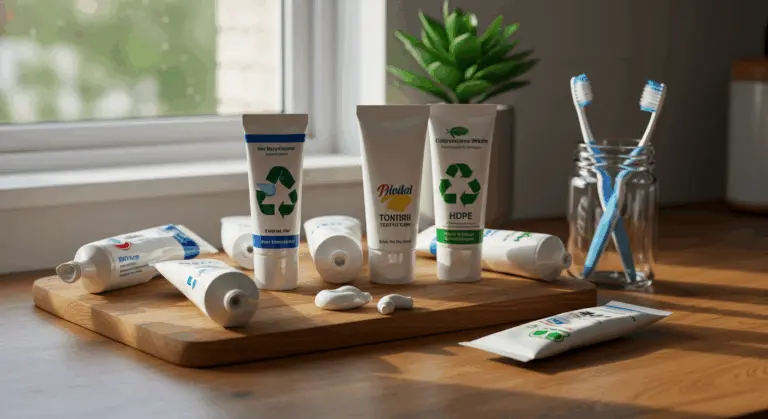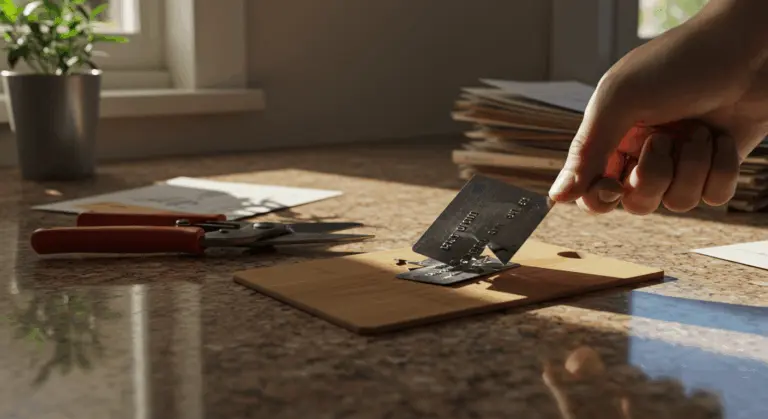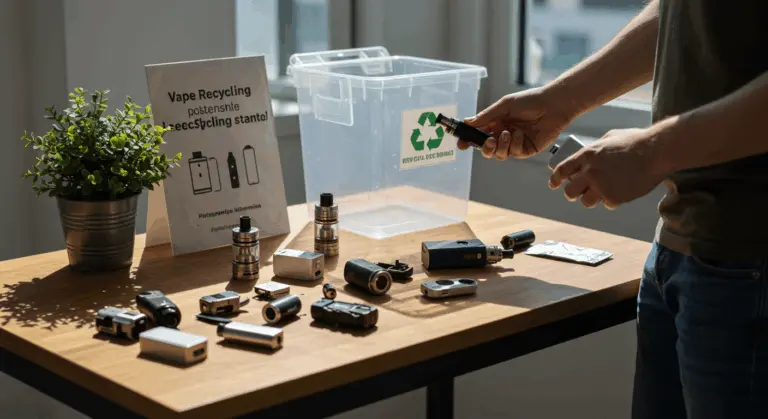What to Do with Non-Metal Cookware
Ceramic cookware resists standard recycling methods due to its exceptionally high melting point. Heat-resistant glass like Pyrex presents similar challenges—It’s specialized additives render it incompatible with standard glass recycling streams.
When your non-metal cookware remains in serviceable condition, donation becomes your best option. However, damaged pieces often leave you with just one viable option: disposal as general waste.
Specialty recycling programs for non-metal cookware are unfortunately rare and highly location-dependent. Occasionally, companies like Terra Cycle offer mail-in programs designed specifically for these challenging-to-recycle items.
Before throwing away cookware, always consult your local waste management authority for specific guidelines. You might discover special collection events or partnerships with specialty recyclers—better environmental choices to landfill disposal that many communities quietly maintain.
Materials That Can Be Recycled
Metal cookware recycles easily, saving both natural resources and energy. The most commonly recycled metals from cookware include:
-
Aluminum
-
Stainless steel
-
Copper
-
Brass
-
Bronze
Scrap metal facilities are the best place to recycle for metal pots and pans, since curbside programs typically reject these bulky items. Keep in mind that cookware with non-stick coatings may face different processing requirements.
While many materials are technically recyclable, practical options depend on local infrastructure. Use online recycling locators to identify appropriate facilities in your area. Why send perfectly recyclable items to landfills when better options exist?
How to Recycle Your Old Cookware
Recycling old cookware goes beyond your curbside bin—most municipal programs flatly refuse these items. Fortunately, several responsible disposal pathways remain available.
Scrap metal facilities are your best option for recycling metal cookware. These specialized centers handle aluminum, stainless steel, copper, and other metal cookware that curbside programs routinely reject.
Specialty mail-in programs provide another good option. Companies like Terra Cycle and select cookware manufacturers provide convenient recycling kits, enabling you to ship old items directly to dedicated processing facilities.
For cookware damaged beyond salvage, general waste disposal might be your only choice—though this should always be your last resort. When disposing of cookware this way, carefully secure any sharp edges to protect waste handlers from injury.
Finding Recycling Centers Near You
Online directories make easier your search process. Websites like Earth911 and Recycle Nation let you enter your ZIP code and instantly locate facilities that accept cookware in your vicinity.
Your local government website or waste management department is often helpful. Many municipalities keep current information about specialized recycling programs and facilities within their jurisdiction.
Residents of larger cities usually have specialized recycling centers that accept far more materials than standard curbside programs. Does your community maintain a central recycling facility or transfer station that handles scrap metal? These locations frequently welcome metal cookware even when curbside programs turn it away.
Mail-In Recycling Options
When local options are hard to find, mail-in programs become a good backup option. Terra Cycle, a pioneer in this space, provides recycling kits complete with prepaid shipping labels for your convenience.
Some cookware manufacturers offer take-back programs, occasionally including recycling kits with new purchases. You’ll typically receive detailed shipping instructions for safely returning your old items.
While mail-in recycling might cost a small fee in certain cases, it provides a convenient solution for rural residents or those lacking nearby specialized facilities.
Donating Usable Cookware
When your cookware retains its functionality, donating it gives it more life and helps your community. Organizations like Goodwill, Habitat for Humanity Restores, and local thrift shops eagerly welcome clean, functional items.
Beyond traditional donation centers, try online platforms for giving things away. Apps and websites like Ohio, Free cycle, Buy Nothing groups, and Facebook Marketplace help you connect directly with individuals in your area who might be seeking exactly what you’re offering.
Where to Donate Your Cookware
Numerous donation options await your cookware. Always call ahead to confirm current donation policies:
When donating, don’t forget to request a receipt if you plan to claim a tax deduction for your charitable contribution.
Repurposing Old Pots and Pans
Creative Ideas for Repurposing
When your pots and pans have outlived their culinary purpose but aren’t quite ready for recycling, these creative repurposing ideas can breathe new life into tired cookware:
-
Transform old pots into unique outdoor planters – drill drainage holes in the bottom and add a layer of gravel before soil for proper drainage
-
Use shallow pans as bird baths in your garden by mounting them on posts or hanging them from sturdy branches
-
Convert large pot lids into garden stepping stones by embedding them in concrete or surrounding them with pebbles
-
Repurpose small saucepans as desk organizers for office supplies, art materials, or workshop tools
-
Create wind chimes by hanging old utensils, small pans, and pot lids from a central ring
-
Turn a large stockpot into a compost bin for kitchen scraps by adding ventilation holes
-
Use non-stick pans as magnetic bulletin boards (if they attract magnets) by mounting them on a wall
-
Craft decorative wall art by painting old pot lids and arranging them in an artistic pattern
These repurposing projects serve two purposes: keeping old cookware from landfills while creating functional items that add personality to your home and garden.




